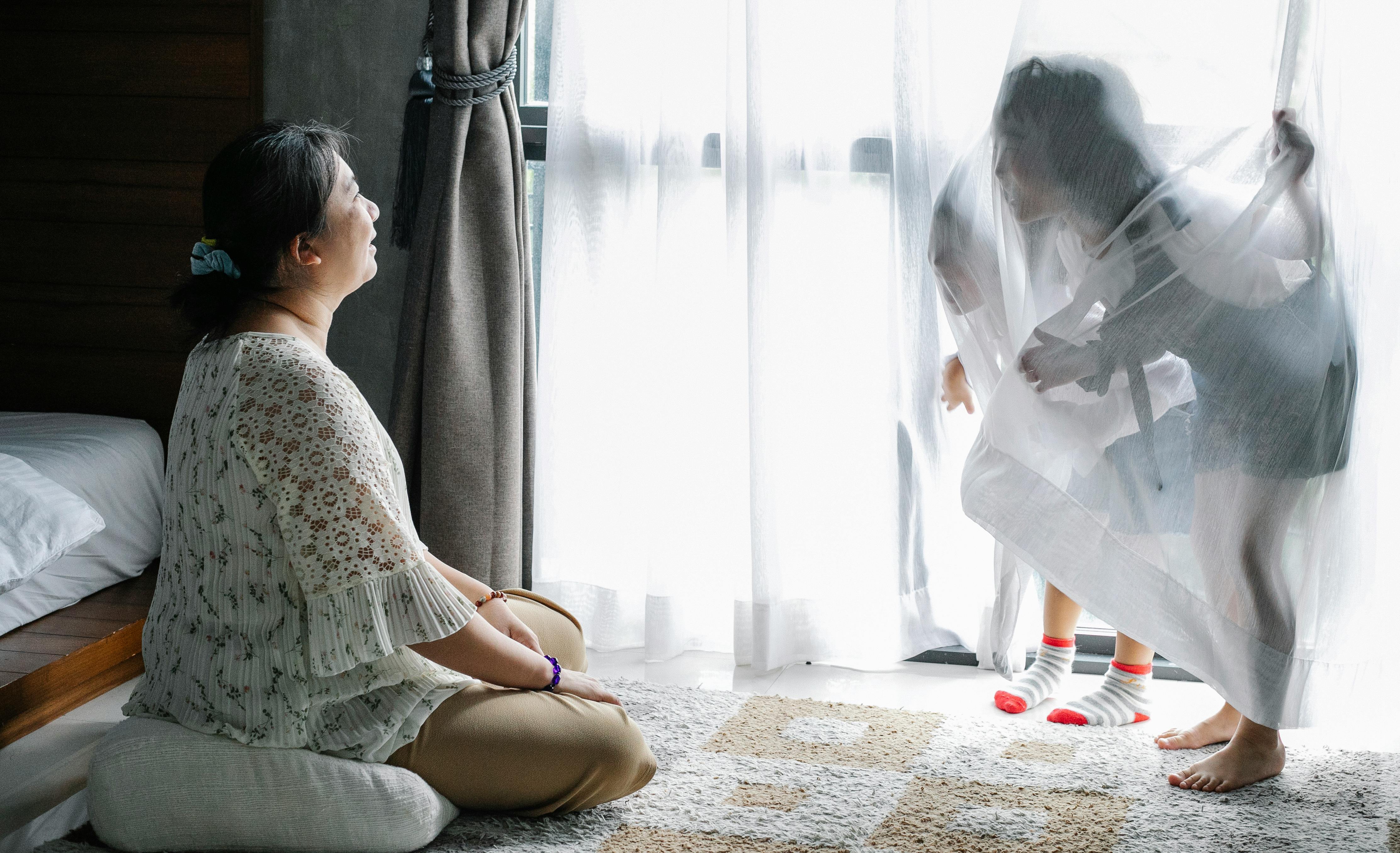Soundproofing your home doesn’t have to cost a fortune. If it’s under new construction, we all know that money is tight. There are many common hardware store items that can be used for soundproofing that won’t break the bank. Most people don’t think of sand as a soundproofing material, but it’s actually very good for soundproofing. If your walls are reinforced, you can use sand in the stud cavities as a soundproofing material. You must be sure that your walls can support the weight of the sand. Always use refined or purified sand, not ordinary beach sand that could cause mold or other bacteria that will cause you problems in the future.
Let’s say you’re in the middle of new construction on your new home and you know that one of the rooms will be your new home theater. You want the room to be soundproofed but your budget is already stretched. Did you know you can use regular rolled roofing material from Home Depot or Lowe’s? Rolled roofing is what is typically used on buildings such as chicken coops and other roofs where aesthetics are not an issue, but stopping leaks is. Rolled roofing typically comes in rolls 30′ long and 3′ wide. I hear the little wheels in your brain turning at a hundred miles an hour. What am I going to do with all this rolled up roofing material? Well, I’m glad you asked. One of the best soundproofing agents on the market today is Mass Loaded Vinyl (MLV for short). Mass Loaded Vinyl is a high quality vinyl material that is impregnated with barium salts and silica to give it the same soundproofing properties as lead sheet without the hazards. associated with lead.
Now MLV can cost $1.25 to $2.00 per square foot and when you’re building your new dream home, that could be beyond your budget. So now roll roofing comes in. I suggest you stretch rolled ceiling material across the studs or joists if you are soundproofing your ceiling. You will staple or nail the rolled roof directly to the stud structure as a membrane along the face of the studs. The next section of rolled ceiling should overlap the first piece by at least 1″. Caulking the overlap with an acoustical caulking is essential (hey, you gotta buy something from the soundproofing guy for giving you all these free tips, right? ) Acoustic caulking can be purchased from any reputable soundproofing company such as Acoustical Solutions, Sound Isolation Company, or Soundproofing America Once you have the rolled ceiling in place and have caulked the 1″ overlap, you will also need to caulk around the entire perimeter of newly installed rolled roofing membrane. There’s a little saying we have in the soundproofing industry: “Putty is cheap.” I think you understand the pun. The point is, use as much caulking as you need to seal every seam gap or crack in your soundproofing membrane. You want this roofing to be as sealed and airtight as possible. Now, since roll ceiling does not have the same soundproofing power as MLV, I would strongly suggest applying a second coat of roll ceiling to each wall and ceiling area you are soundproofing. Stagger seams where possible This is a small investment to have a soundproof room for your home theater or just a quiet place to study.
Once you have installed the 2 layers of rolled ceiling on the walls and ceiling and everything is generously sealed, it is time to finish the layer of drywall. I would suggest installing a layer of 5/8″ fire code drywall to finish off your soundproofing project. Don’t forget to tape and paint the finished drywall.
Now, finally, I’d like to talk a little bit about acoustical putty. Acoustical putty is an inexpensive product compared to the cost of other soundproofing agents, but it is one of the most essential parts of any soundproofing effort. Buy a good acoustic putty and not a cheap silicone putty. We are already being frugal with the soundproofing material; Let’s not skimp on the putty. A good acoustic sealant is OSI-175 SC Sealant or Tremco Smoke and Sound Sealant. Both caulking compounds have excellent acoustic properties. If you have questions about acoustical putty, call one of the online soundproofing companies, they’ll be happy to help.
Once the drywall is in place and the rolled ceiling is fully covered, you’ll find you have a well-soundproofed room and did it at half the cost of using professional soundproofing agents. That being said, today’s modern soundproofing products are extremely effective and I think very reasonably priced compared to other specialty building materials. In this article I just wanted to show that there are other ways to soundproof a wall or ceiling without using the more expensive professional soundproofing agents. I hope this narrative has been informative; It was a pleasure to write it, since there is very little information on the net about soundproofing. Once again, this is Dr. Bob… Get out!



